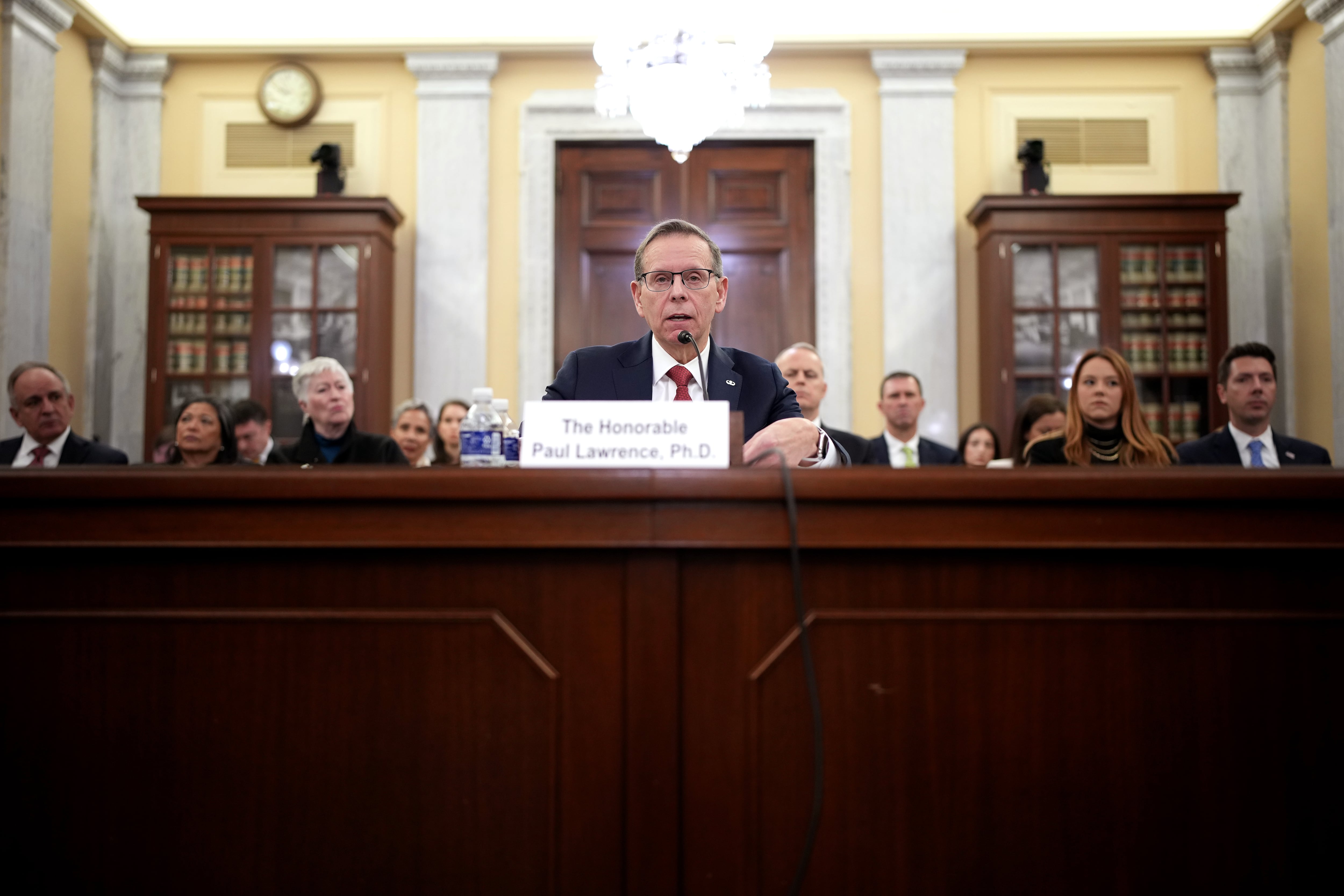Operation and maintenance (O&M) costs ate up roughly $251 billion, or 50 percent of the U.S. defense budget, when overseas contingency operations (OCO) were accounted for in 2015, according to a report prepared by the Congressional Budget Office (CBO).
"Over the past few decades, funding for O&M has increased substantially, accounting for a growing share of DoD’s budget. That growth has occurred even as the number of active-duty military personnel has remained flat or declined," the report reads.
However, due to the extremely complex nature of O&M funds and the diversity of goods and services it provides, it is not exactly known why costs continue to rise.
Military health care, civilian defense personnel pay and fuel were highlighted as a potential culprit, which "accounts for about 60 percent of the long-term growth in O&M funding," the CBO explained.
Maintenance of equipment and weapon systems also saw a significant spike in O&M funding, likely attributed to the past 15 years of war in Iraq and Afghanistan the CBO report reads.
Military personnel and weapons procurement contributed to a much smaller share of defense spending at 27 percent and 19 percent, respectively. However, these figures don’t account for overseas operations.
In 2015, Congress appropriated $64 billion for overseas operations, of which $51 billion was consumed on O&M — in other words, 80 percent of these funds went to O&M.
"Funding for operation and maintenance is used to purchase a wide range of goods and services — numbering in the thousands — and those goods and services are often acquired in small quantities or at relatively small unit cost," the CBO clarified.
Because of the range of goods and services, it is extremely difficult for the CBO to pinpoint a precise reason or project that is causing the increase in O&M; in contrast, weapons procurement is much easier to analyze — consisting of only 100 or fewer projects.
Based on research and analysis stemming back to 1980, O&M costs began to skyrocket after 1991.
"O&M spending for each active-duty service member has risen even faster, on average, than the O&M budget," the CBO said.
From 2000 to 2012, funding for O&M increased by $64 billion alone, most of which can be attributed to increase funding in O&M for health care for military families, which saw an increase of $15 billion to a total of $31 billion in 2012; civilian compensation increased $17 billion to end at $48 billion; and fuel costs increased $5 billion to end at a total of $8 billion in 2012.
Growth in health care for military service members and compensation for civilian employees can largely be attributed to the wars in Iraq and Afghanistan. Since 9/11, Congress has expanded legislation lowering out-of-pocket costs to service members for health-related expenses, while at the same time expanding the size of the civilian work force within the DoD.
The skyrocketing rise in O&M funding is of key interest to policy makers and defense leaders in Washington, as defense appropriations continued to be gobbled by O&M, less money is available for other key areas of defense such as weapons procurement and research.
Shawn Snow is the senior reporter for Marine Corps Times and a Marine Corps veteran.





